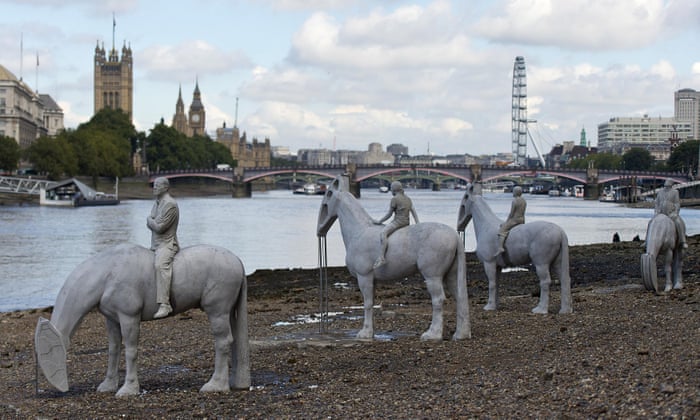Hi there and welcome to the Eden Project leg of our journey around the outskirts of London and South England.
This blog should be fairly short compared to the last few that we have released, It will essentially be a photo journey with a few comments!
***
"hey look at that" and then a bit of "run for that stage thing my camera is getting wet!". Picture below shows the blue sky with incoming rain cloud.


The project is located in a reclaimed Kaolinite (clay) pit. They are trying to turn it into a botanic garden and educational site. They've done an alright job!
The clay pit in which the project is sited was in use for over 160 years. In 1981, the pit was used by the BBC as the planet surface of Magrathea in the 1981 TV series of the Hitchhiker's Guide to the Galaxy.
By the mid-1990s the pit was all but exhausted
The Eden Project was used as a filming location for the 2002 James Bond film, Die Another Day
The "biomes" consist of hundreds of hexagonal and pentagonal, inflated, plastic cells supported by steel frames.

The largest of the two biomes simulates a Rainforest environment and the second, a Mediterranean environment.
(Not sure whats going on with my eyes in this one)
***
The Tropical Biome, covers 1.56 hectares (3.9 acres) and measures 55 metres (180 ft) high, 100 metres (328 ft) wide, and 200 metres (656 ft) long. It is used for tropical plants, such as fruiting banana plants, coffee, rubber and giant bamboo, and is kept at a tropical temperature and moisture level. It is really quite hot, about 37 Celsius and very humid.
****

To the left is a photo of the 'cool room' that was located inside the tropical biome. I thought that the room was for awesome people, but as it turns out it is a room for over-heating English people to run into when they cant stand the heat and humidity anymore.
The Mediterranean Biome covers 0.654 hectares (1.6 acres) and measures 35 metres (115 ft) high, 65 metres (213 ft) wide, and 135 metres (443 ft) long. It houses familiar warm temperate and arid plants such as olives and grape vines and various interesting sculptures.



The Eden attraction also has an outside botanical garden which is home to many plants and wildlife native to Cornwall (Southwest England) and the UK in general.
Now a little about some of the art work that was displayed around the project:
Below: Where the statues used to stand (picture stolen off the internet) as the tide would come and go the statues would be revealed. It was along the River Thames in London.

"While the bodies of the figures and horses are moulded from real life, each of the horses’ heads has been replaced by the “horse head” of an oilwell pump – a political comment on the impact of fossil fuels on our planet. We ride on the backs of the oil industry.
The middle-aged suited figures that sit on top of two of the horses, looking defiantly into the distance, are also a direct reference to the politicians and businessman who Taylor believes are allowing climate change to continue under their watch. "
Below: Weee man - A giant sculpture made from waste
The RSA and Canon Europe commissioned the sculpture to raise awareness of how much electrical waste is created in the UK.
The
WEEE Man is a 3.3-tonne structure which represents the amount of waste
electrical and electronic equipment (WEEE) the average British household
throws away in a lifetime.
http://www.edenproject.com/visit/whats-here/giant-sculpture-made-of-waste
Below: Giant Bee -We put this bee in our Outdoor Gardens as a reminder of how important pollinating insects such as bees are to flowers – and to us humans.
http://www.edenproject.com/visit/whats-here/giant-bee-sculpture
http://www.edenproject.com/visit/whats-here/giant-sculpture-made-of-waste
Below: Giant Bee -We put this bee in our Outdoor Gardens as a reminder of how important pollinating insects such as bees are to flowers – and to us humans.
http://www.edenproject.com/visit/whats-here/giant-bee-sculpture
This plant was in the Tropical Biome, and I knew that they were extremely slow growing as I believe I had previously seen one in Kew gardens in England on a previous occasion.
It is a flowering plant with the largest un-branched inflorescence in the world!

Due
to its odour - which is like the smell of a rotting animal, the titan
arum is characterized as a "carrion flower", and is also known as the
corpse flower, or corpse plant.





Made out of a single piece of granite, its surface has been carved with 1,800 nodes in the pattern of a Fibonacci spiral – the growth pattern found across the natural world in things like sunflowers, pine cones and ammonites. The same spiral is also visible in the roof of the Core building.
At more than 70-tonnes, Seed weighs as much as 10 elephants. The piece of stone it’s carved from is thought to be several hundred million years old.
http://www.edenproject.com/visit/whats-here/seed-sculpture


The Industrial Flame Plant:
This industrial plant sculpture takes a sideways look at fossil fuels.
Fossil fuels currently provide some 85% of the world’s energy. The developed world (around 16% of the global population) uses over 50% of this energy, while nearly half the world’s people rely on wood, charcoal and dung.
It's also a play on words, as one of the many meanings for the word plant is: "the complete equipment or apparatus for a particular mechanical operation", or "the equipment, machinery, tools, etc., necessary to carry on any industrial business."
That brings us to the end of another blog, as I mentioned at the beginning it was a lot of pictures and not too many stories.
I hope you enjoyed the combined photography efforts of Kyran and myself.
Don't forget to follow us on Google+ and we will see you in the next Blog:
Bath and Stonehenge!













































No comments:
Post a Comment